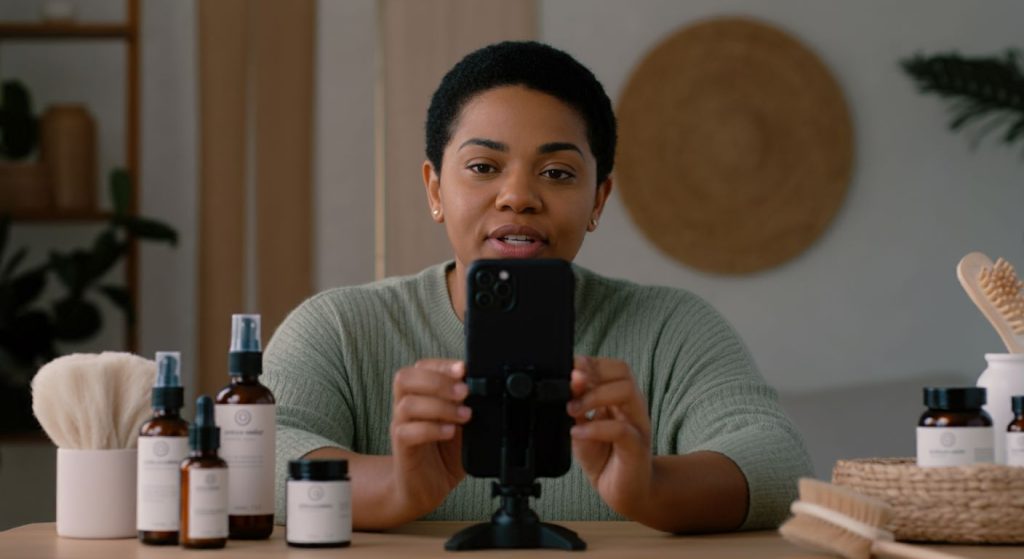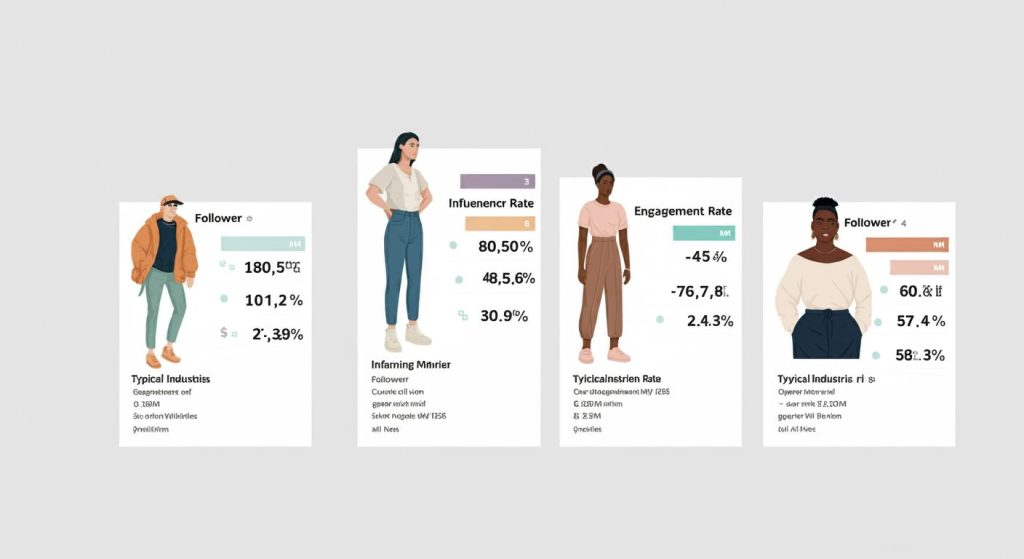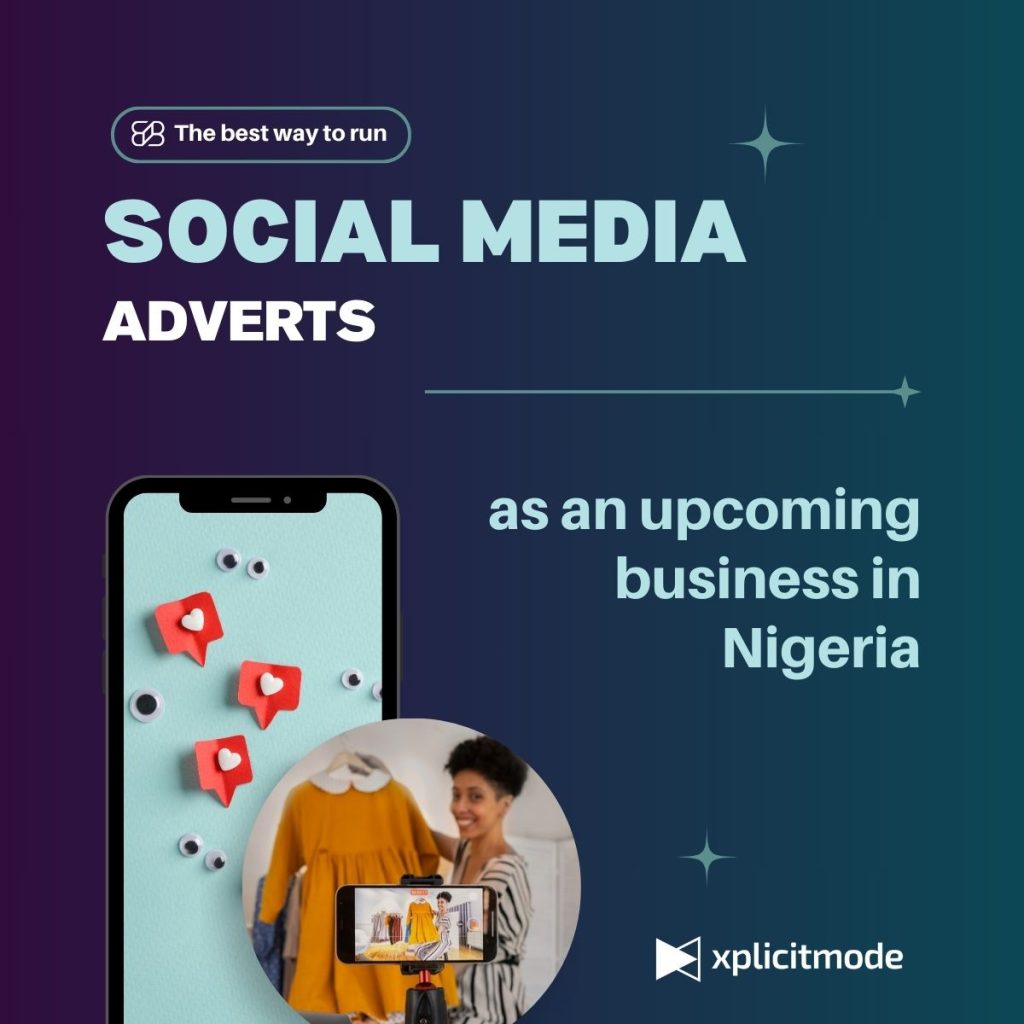In today’s digital era, businesses face an increasingly competitive market where standing out is critical. Traditional advertising still plays a role, but modern consumers now lean toward relatable, trusted voices. Enter the era of influencers—individuals with a dedicated online following who have the power to sway opinions, build trust, and inspire action. From social media platforms like Instagram and TikTok to YouTube and blogs, influencers offer businesses a unique opportunity to connect with their target audience authentically.
Influencers are not just marketing tools—they are brand builders, storytellers, and community leaders. Whether you run a startup or a multinational corporation, leveraging influencers effectively can revolutionize your marketing strategy. This article explores the importance of influencers for businesses, delves into how they help brands thrive, and provides actionable insights into making influencer partnerships work for you.

Table of contents
1. Understanding the Influence of Influencer

Influencers are not new; the concept dates back to celebrity endorsements in traditional media. However, the digital landscape has redefined the scope and meaning of influence. What sets modern influencers apart is their ability to establish direct and personal connections with their audience.
An influencer’s power stems from authenticity. Unlike traditional ads, which can feel impersonal, influencers share their experiences and opinions in a way that feels relatable. For example, a fitness influencer might showcase their journey, recommend products, and inspire followers to adopt healthier lifestyles. This trust fosters stronger connections between brands and consumers.
Additionally, influencers often have expertise in specific niches, making it easier for businesses to target precise demographics. Whether your audience is interested in tech gadgets, sustainable fashion, or gourmet cuisine, there’s an influencer who speaks directly to them.
For businesses, influencers represent an opportunity to bypass traditional barriers to entry in marketing. They offer high ROI, boost brand awareness, and often lead to measurable sales conversions.
2. The Types of Influencers and Their Roles

To effectively use influencers, businesses must understand the different types and their unique benefits. Influencers can be categorized by their follower count and area of expertise:
a. Mega-Influencers:
These are celebrities with millions of followers. While they offer enormous reach, their engagement rates might be lower due to the broad nature of their audience. They are ideal for global campaigns.
b. Macro-Influencers:
Macro-influencers have a substantial following, typically ranging from 100,000 to 1 million. They provide a balance between reach and engagement and are perfect for large-scale campaigns targeting specific demographics.
c. Micro-Influencers:
Micro-influencers boast 10,000 to 100,000 followers. Their smaller audience size often results in higher engagement and niche authority, making them cost-effective and ideal for local or specialized campaigns.
d. Nano-Influencers:
With under 10,000 followers, nano-influencers have tight-knit communities and hyper-focused niches. They excel in creating personal connections and generating authentic recommendations.
Each type plays a different role in marketing strategies. For instance, while a mega-influencer might amplify brand visibility, a nano-influencer can build trust within a local community.
3. The Business Benefits of Influencer Marketing

Collaborating with influencers can yield a multitude of benefits for businesses, including:
a. Enhanced Brand Visibility:
Influencers allow businesses to reach new audiences quickly. Their followers trust their opinions, so a single post can significantly increase awareness of your brand.
b. Improved Credibility and Trust:
Consumers are more likely to trust a recommendation from an influencer they admire than a traditional ad. By aligning with the right influencer, your brand gains credibility.
c. High Engagement Rates:
Influencers often achieve higher engagement rates than brand accounts. Their content is more relatable, leading to meaningful interactions and conversations.
d. Cost-Effectiveness:
Compared to traditional advertising, influencer marketing often delivers higher ROI. Nano- and micro-influencers, in particular, provide excellent value for small businesses.
e. Access to Niche Markets:
Whether your business caters to vegan food enthusiasts, tech geeks, or fitness fanatics, there’s an influencer who speaks directly to your audience.
f. Long-Term Partnerships:
Building lasting relationships with influencers can turn them into brand advocates. Over time, these partnerships foster brand loyalty and consistent exposure.
4. Best Practices for Collaborating with Influencers

While influencers can bring immense value to your business, success hinges on a well-executed strategy. Here are best practices for effective collaborations:
a. Define Clear Goals:
Whether you aim to boost sales, grow brand awareness, or increase engagement, setting measurable objectives ensures your campaigns stay on track.
b. Choose the Right Influencer:
Ensure the influencer aligns with your brand’s values and audience. Research their engagement rates, past partnerships, and follower demographics.
c. Prioritize Authenticity:
Encourage influencers to create content in their unique voice rather than dictating rigid scripts. Authenticity resonates better with their audience.
d. Track Performance Metrics:
Monitor KPIs such as reach, engagement, conversions, and ROI. Use analytics tools to evaluate the campaign’s success.
e. Stay Transparent:
Follow FTC guidelines by ensuring sponsored content is properly disclosed. Transparency builds trust with the audience.
5. Emerging Trends in Influencer Marketing

The influencer marketing landscape continues to evolve. Businesses should stay ahead by embracing these trends:
a. Live Streaming and Real-Time Engagement:
Platforms like Instagram Live and TikTok Live offer opportunities for influencers to connect with their audience in real time, making brand interactions more personal.
b. Micro-Video Content:
Short videos, such as TikTok reels or Instagram Stories, are gaining traction. Influencers who excel at creating concise, engaging content are in high demand.
c. Focus on Niche Communities:
As audiences seek deeper connections, niche influencers with loyal followers are becoming more valuable.
d. AI-Generated Influencers:
Virtual influencers are a rising trend. They are entirely digital but have real-life followings and partnerships.
Conclusion: Leverage Influencers for Business Success
Influencer marketing is no longer an optional strategy—it’s a necessity in the digital age. Whether you’re looking to expand your reach, foster trust, or engage with niche communities, influencers offer unparalleled opportunities. By aligning your brand with the right voices, you can create impactful campaigns that drive growth and resonate with your audience.
Start small, measure success, and gradually scale your efforts. With the right approach, influencer marketing can transform your business and keep you ahead in an ever-changing market.
Featured Image Prompt: A diverse group of influencers interacting with their followers on various platforms, emphasizing trust, engagement, and modern marketing.



